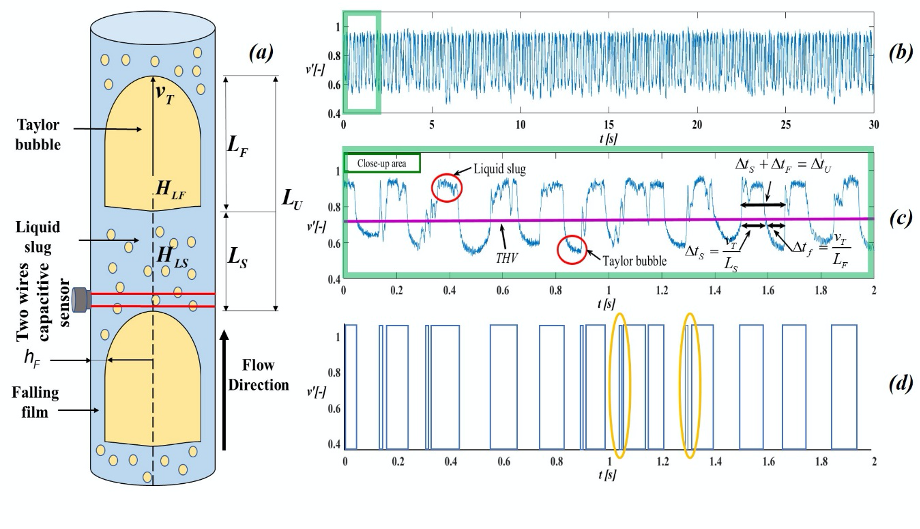 |
|
In the process of engineering, where flows in two phases are involved, one of the most recurring flow patterns is called a slug. Its characterization is essential to predict the drop pressure and liquid holdup. To analyze it ̶ among other experimental techniques ̶ capacitive or inductive sensors are used to transform the liquid-gas fraction present in the pipeline to a voltage time-series. The method chosen for the signal processing is decisive for the correct estimation of the frequency and the fraction of the slug, among other parameters. Recently, analysis methodologies have been developed that reduce the subjectivity of signal processing, and tend to improve the quality of the results. This paper optimization to an algorithm based on probabilistic methods. The methodology proposed against the original was compared, ̶ from experimental data of upward slug flow in inclined pipes ̶ finding that with the optimization there is better performance when working at inclination angles close to the vertical; the above suggests a combined use of both methods.
Keywords: oil-gas flow, slug patter, signal processing, ascending flow, holdup.
|
|
 |